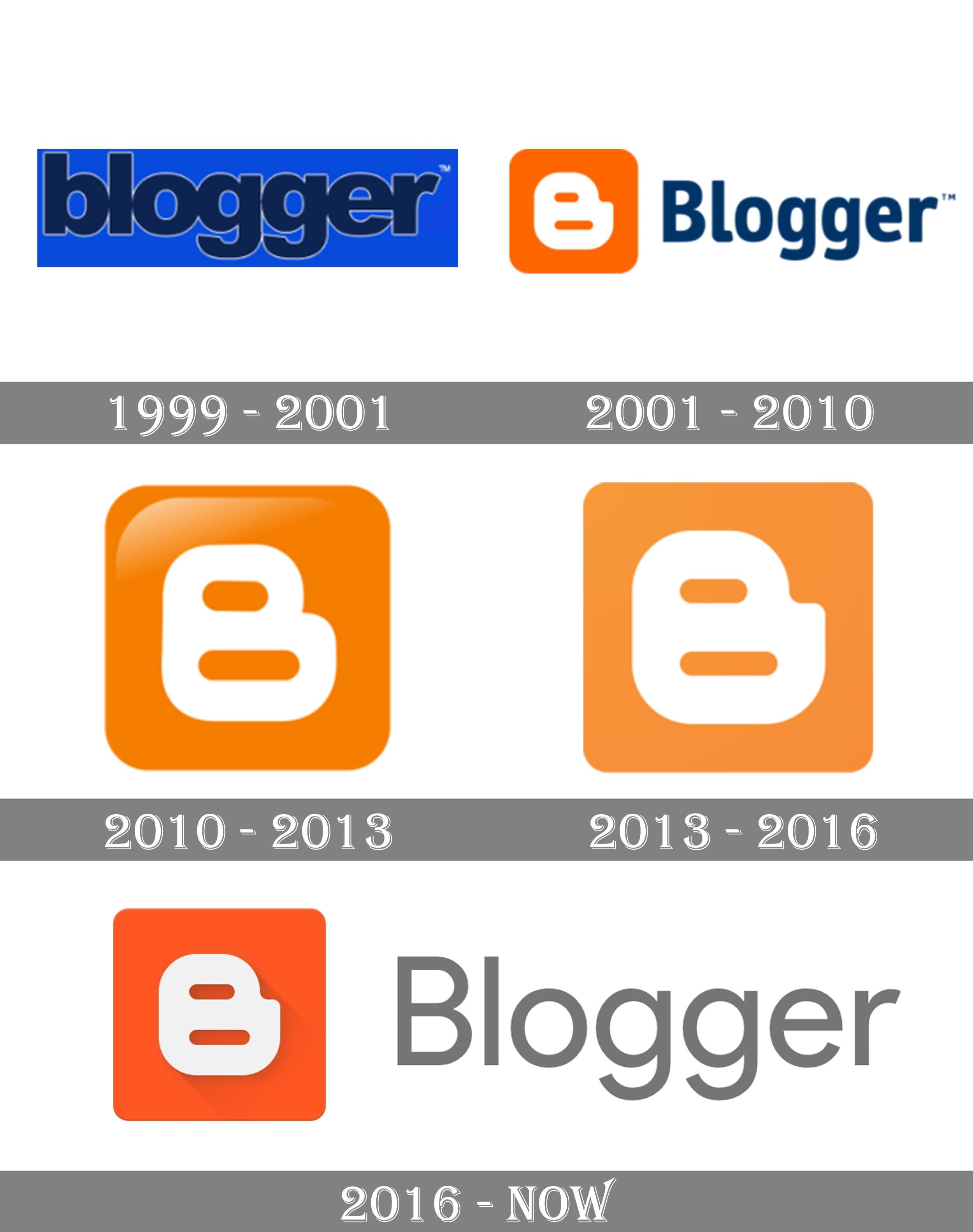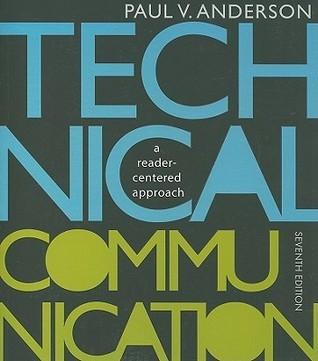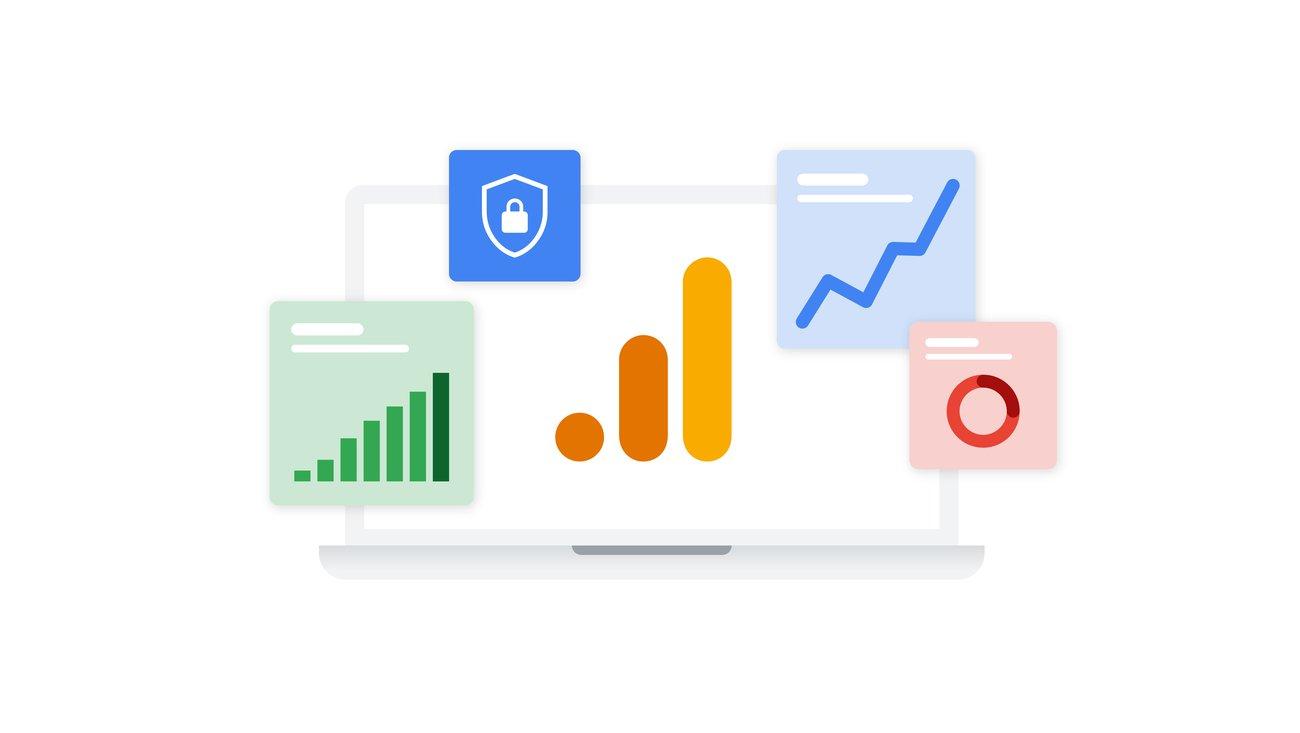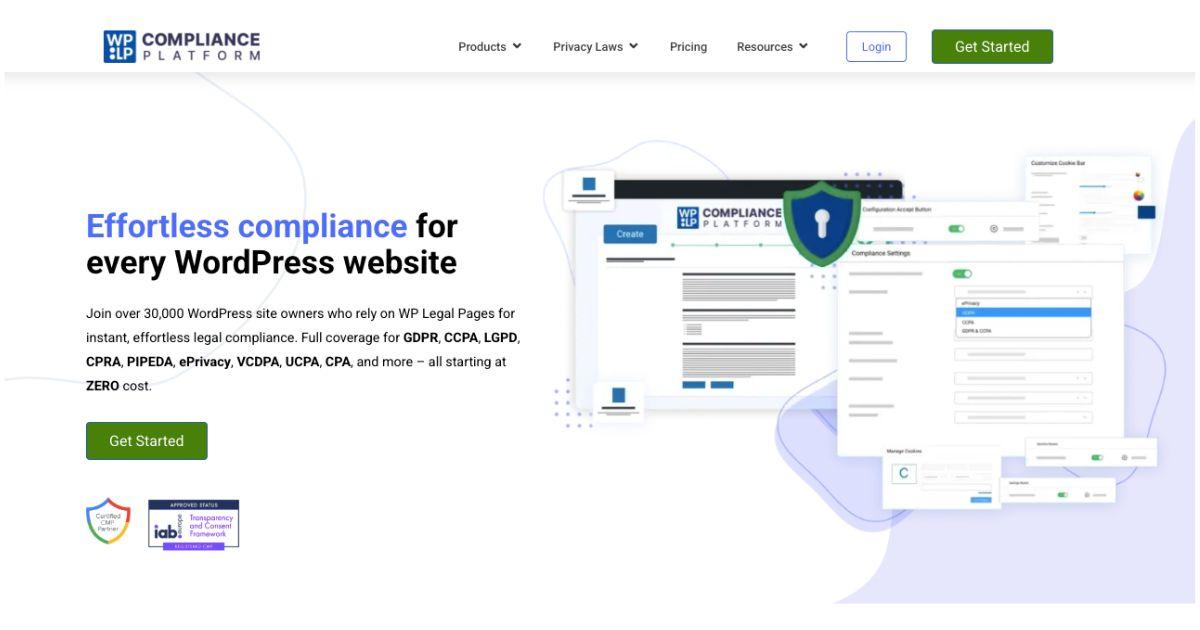introduction
hey there, fellow bloggers! If you’re anything like me, you’ve probably stumbled across a myriad of blog post checklists, each promising to be the ultimate guide for crafting the perfect article. You no the drill: catchy headlines, SEO keywords, optimal word counts—you name it. But here’s the catch: most of these checklists are outdated,stuck in the past,and might even be holding you back from truly engaging with your audience. in a fast-paced digital world that’s constantly evolving, clinging to old formulas can leave your content feeling stale and uninspired. So, what should you do instead? In this article, we’ll dive into why these checklists no longer cut it and explore fresh, innovative strategies that will not only elevate your writing but also resonate with readers in ways you never thought possible. Ready to shake things up? Let’s get started!
Understanding the Evolution of blogging and its Impact on Checklists
Blogging has undergone a tremendous conversion since its inception. Initially, it served as a personal diary for individuals to share their thoughts and experiences.Over the years, this platform has evolved into a powerful tool for businesses, influencers, and content marketers. As the landscape of blogging changed, so did the methods and strategies that bloggers employed to capture their audience’s attention.
Today,blog posts are not just about expressing opinions; they are meticulously crafted pieces that require strategic planning.However, many of the checklists created during the early days of blogging still dominate our approach, despite the fact that the digital environment has drastically shifted. Outdated checklists tend to focus on rigid structures, like keyword density and word count, rather than the fluidity and creativity that modern readers crave.
Moreover, the rise of social media and multimedia content has changed how audiences interact with blog posts. Readers are no longer satisfied with just text; they seek engaging visuals, interactive elements, and shareable content. This shift necessitates a re-evaluation of what a checklist should include.Instead of adhering to old metrics, we should focus on elements that enhance user experience and engagement. Here are some critical components to consider:
- Visual Appeal: Incorporate images, infographics, and videos that complement your written content.
- SEO Optimization: Embrace modern SEO techniques, including semantic search and user intent.
- Calls to Action: Integrate compelling CTAs that drive reader interaction, whether it’s sharing the post or signing up for a newsletter.
- Mobile Responsiveness: Ensure your blog is optimized for mobile users, as the majority of web traffic now comes from mobile devices.
To illustrate the evolving nature of blogging checklists, consider the comparison below:
| Old Checklist Items | Modern Checklist Items |
|---|---|
| Keyword density of 2-3% | Focus on keyword intent and natural language. |
| Minimum word count of 1000 words | Content length should align with the topic’s complexity and audience’s needs. |
| Static images for decoration | Dynamic visuals that enhance storytelling. |
| Single social media share button | Multiple share options for various platforms. |
By focusing on the current demands of your audience and the capabilities of digital technology, you can create checklists that not only guide your writing but also elevate your content strategy. The key is adaptability—embracing the fact that the blogging landscape is continuously evolving, and so must our approaches to creating impactful content.
identifying the Key Flaws in Traditional Blog Post Checklists
Traditional blog post checklists often fall short in today’s rapidly evolving digital landscape. While they aim to streamline the writing process, many of these checklists are rooted in outdated practices that no longer resonate with modern readers or search engine algorithms. Here’s a closer look at some key flaws that plague these conventional tools:
- Overemphasis on SEO Keywords: many checklists prioritize keyword frequency over content quality. This can lead to awkward phrasing and a lack of genuine engagement. Today’s audience values authenticity and storytelling more than rigid adherence to keyword placement.
- Neglecting User Experience: Traditional checklists often forget about mobile optimization and page load speed, which are critical factors for user satisfaction. A post may be well-written, but if it doesn’t load quickly or is hard to read on mobile devices, it risks losing its audience.
- Static Structure: Many checklists advocate for a one-size-fits-all format—like rigid headings or standard blog lengths—ignoring the diverse content types that thrive today. whether it’s a listicle, a video blog, or an infographic, flexibility in structure can enhance reader engagement significantly.
Moreover, traditional checklists frequently fail to address the importance of visual content. Images,videos,and infographics can significantly enhance a blog post’s impact,yet many checklists list them as an afterthought. Engaging visuals not only break up text but also capture attention and improve retention of information.
the reliance on outdated metrics such as word count and social shares can mislead content creators. Rather of focusing solely on these antiquated indicators, today’s writers should prioritize meaningful interactions and community building. It’s not just about the number of shares; it’s about the quality of conversations that arise from the content.
| Traditional Checklist Flaws | Modern Solutions |
|---|---|
| Keyword Stuffing | Emphasize natural language and storytelling. |
| Ignoring Mobile Optimization | Ensure responsive design and quick load times. |
| Rigid Formats | Encourage varied content types and formats. |
| Overlooking Visual Content | Incorporate engaging images and videos. |
| Outdated Engagement Metrics | Focus on quality interactions over quantity. |

Embracing a Reader-Centric Approach for Modern Blog Posts
In the ever-evolving landscape of digital content, the traditional checklist approach to writing blog posts is no longer sufficient. Modern readers crave content that speaks directly to their interests and needs,which means we must shift our focus towards a more reader-centric strategy. This involves not just understanding what readers want but actively engaging them in a way that transforms passive consumption into meaningful interaction.
To effectively adopt a reader-centric mindset, consider the following strategies:
- Know Your Audience: Conduct surveys and engage in social listening to capture the preferences, pain points, and desires of your target demographic. Tailoring content to these insights fosters a deeper connection.
- Interactive Content: Incorporate quizzes, polls, and calls-to-action that encourage readers to engage with your content. This not only boosts interaction but also provides valuable feedback for future posts.
- Visual Storytelling: Utilize images, infographics, and videos to break up text and maintain visual interest. A well-placed graphic can often convey concepts more effectively than words alone.
- Personal Touch: Share anecdotes or personal insights to humanize your writing and create relatability.Readers appreciate authenticity and are more likely to return to content that resonates on a personal level.
furthermore, it’s essential to move beyond a one-size-fits-all content structure. Experiment with different formats, such as listicles, how-to guides, or even narrative-driven articles. Analyze reader engagement metrics to discover which styles resonate best. To facilitate this, you might consider a simple table to track your findings:
| Content Type | Engagement Level | Comments/Feedback |
|---|---|---|
| Listicle | High | Loved the quick tips! |
| How-to Guide | Medium | Step-by-step was helpful. |
| Narrative Article | Low | Less interested in storytelling. |
By embracing a reader-centric approach, you’re not just creating content; you’re building a community. This shift not only enhances reader loyalty but also establishes your blog as a trusted resource. In a world bombarded with information, those who prioritize their readers will stand out and thrive.
Incorporating SEO Best Practices Without Sacrificing Quality
In today’s digital landscape, many writers and marketers find themselves stuck in the rut of outdated SEO practices. Adhering strictly to keyword density or churning out content solely for the sake of backlinks can compromise the quality of your writing. Quality content should always reign supreme, but that doesn’t mean we can ignore SEO altogether. Instead, we can seamlessly weave best practices into our content strategy.
Here are some effective ways to incorporate SEO without losing your voice:
- Keyword Research: Focus on understanding the intent behind your target keywords. Use tools like Google Keyword Planner or SEMrush to find phrases that resonate with your audience.
- Natural Integration: Once you’ve identified your keywords, integrate them naturally within your writing. Aim for a balance where your keywords fit organically into sentences without feeling forced.
- Compelling Headlines: Craft catchy and informative headlines that include your primary keyword. This not only helps with SEO but also attracts readers’ attention, improving click-through rates.
- Engaging Meta Descriptions: Write concise and compelling meta descriptions that summarize your content while including relevant keywords.This enhances visibility in search results.
It’s essential to remember that SEO is not just about individual posts; it’s about building a cohesive strategy.Implementing a robust internal linking structure can guide readers to related content on your site while also signaling search engines about the relationships between your pages.
Additionally, consider the user experience. A well-structured blog with clear navigation and mobile responsiveness not only improves SEO rankings but also delights your audience. Page load speed and mobile optimization should be priorities, as these factors directly affect user engagement and retention.
| SEO Element | Quality Aspect |
|---|---|
| Keyword Use | Natural and relevant |
| headlines | Clear and engaging |
| Meta Descriptions | Informative and enticing |
| Internal Links | Helpful and related |
| User Experience | Fast and accessible |
By combining these elements, you can create content that not only satisfies search engines but also resonates deeply with your audience. With a little creativity and attention to detail, you can maintain the integrity of your writing while ensuring it is optimized for the digital world.
The Role of Visual Content in Todays blogging Landscape
In an era where attention spans dwindle and competition for clicks intensifies, the meaning of visual content in blogging has never been clearer. Eye-catching images,videos,infographics,and even GIFs can transform an ordinary blog post into a captivating experience that draws readers in.The right visuals don’t just enhance your text; they can convey complex ideas quickly and effectively, allowing your audience to grasp key concepts without wading through dense paragraphs.
Visual content serves multiple purposes. It can:
- Break up text: Large blocks of text can overwhelm readers. Incorporating visuals creates a more inviting layout that encourages exploration.
- Boost engagement: Posts with visuals receive significantly more shares on social media,increasing your reach and visibility.
- Enhance retention: People are more likely to remember information paired with compelling images. This means your message sticks longer with your audience.
The integration of visuals isn’t merely a supplementary tactic; it’s a vital cornerstone of effective blogging strategy. For instance, consider the impact of a well-placed infographic. It can summarize statistics or processes at a glance, delivering information in a digestible format. Furthermore, using tools like Canva or Adobe Spark allows bloggers to create custom graphics tailored to their brand identity, enhancing both aesthetic appeal and consistency.
To maximize the potential of your visual content, consider the following:
- Optimize for SEO: Use descriptive alt text and appropriate file names to improve search engine visibility.
- Prioritize quality: High-resolution images resonate better with audiences and contribute to a more professional appearance.
- Maintain relevance: Ensure that visuals directly relate to the content of your post to reinforce your message.
When planning your content, think about how to weave visuals seamlessly into your narrative. A blog post is no longer just about the written word; it’s a multi-sensory experience. By treating visual content as an integral part of your storytelling, you elevate your blog from a simple platform to a dynamic hub of engagement and interaction.
Here’s a quick comparison of different types of visual content and their benefits:
| Visual Type | Benefits |
|---|---|
| Images | enhances aesthetics and captures attention. |
| Infographics | Simplifies complex data and increases shareability. |
| Videos | Engages viewers on a deeper level and boosts retention. |
| GIFs | Adds humor and personality, making content relatable. |
by understanding and harnessing the power of visual content, bloggers can not only enhance their posts but also foster a deeper connection with their audience, ultimately driving more traffic and engagement.

Leveraging Social Media for Maximum Blog Exposure
In today’s digital landscape, social media is not just an accessory; it’s a powerful tool that can exponentially increase your blog’s visibility. By strategically leveraging platforms like Facebook, twitter, Instagram, and LinkedIn, you can tap into diverse audiences that might otherwise remain unaware of your content. Here are some effective strategies to ensure that your blog posts reach the maximum number of eyes:
- Utilize Eye-Catching Visuals: Posts that include engaging images or infographics are more likely to be shared. Create visually appealing graphics that encapsulate the essence of your blog post, making it easier for readers to connect and share.
- Craft compelling Headlines: Your title is your first impression! Write headlines that provoke curiosity or promise value. Use action words and emotional triggers to draw readers in.
- Engage with Your Audience: Don’t just post and ghost! Interact with your followers—reply to comments, ask questions, and encourage discussions around your content. This builds a community and increases your content’s shareability.
- Schedule Wisely: Timing is crucial. Use analytics tools to determine when your audience is most active. Scheduling your posts for optimal times can significantly boost engagement rates.
- Join Relevant Groups and hashtags: Participate in communities that align with your blog’s niche. Sharing your posts in these groups (when appropriate) can definitely help you tap into an audience that’s already interested in what you have to say.
To illustrate the effectiveness of these strategies, consider the following table outlining how various platforms can be utilized for different types of content:
| Social Media Platform | best Content Type | Engagement Tactics |
|---|---|---|
| Long-Form Articles | Live Videos, Polls | |
| Visual Content | Stories, Reels | |
| Quick Insights | Threads, Hashtags | |
| Professional Insights | Articles, Discussions |
don’t forget to track your results. Use social media analytics tools to measure engagement and adjust your strategies accordingly. Understanding what works and what doesn’t allows you to refine your approach, maximizing your blog’s exposure with each post. Remember, the dynamic nature of social media requires constant adaptation, so stay current with trends and be willing to experiment!

Building a Genuine connection with Your Audience
in the fast-paced digital landscape, building authentic relationships with your readers is more crucial than ever. Unlike traditional checklists that focus solely on SEO metrics and formatting,today’s accomplished blogging requires a deeper understanding of your audience’s emotions and needs. It’s about crafting a narrative that resonates on a personal level.
To foster this genuine connection, consider the following strategies:
- Engagement over Perfection: Rather than obsessing over keyword density and heading structures, prioritize engaging storytelling. Your readers crave relatability; share personal anecdotes and insights.
- Active Listening: Pay attention to comments and feedback. This interaction provides invaluable insights into your audience’s preferences and pain points. Use these insights to tailor your content to better serve their interests.
- Visual Storytelling: Incorporate images, infographics, and videos that reflect your brand’s personality. Visual elements can evoke emotions and make your blog posts more memorable.
- Share Value: Beyond entertainment, your content should offer practical advice or solutions. Whether it’s tips, guides, or resources, ensure every post adds value to your audience’s experience.
Additionally, consider implementing a simple feedback loop by inviting your readers to share their thoughts on upcoming topics. This not only enhances engagement but also makes them feel valued and included in the creation process.Here’s a quick look at how feedback can enhance your content strategy:
| Feedback Type | Impact on Content |
|---|---|
| comments | Improves relatability and direction of future posts |
| Polls | Identifies audience interests and preferences |
| Social media Interactions | Enhances community feeling and loyalty |
Ultimately, shifting focus from rigid checklists to a more holistic approach to content creation will lead to stronger relationships with your audience. Embrace authenticity, foster collaboration, and watch your blog transform into a vibrant community rather than just a place for information. the rewards of a genuine connection are immeasurable, paving the way for loyalty and engagement far beyond any traditional checklist can guarantee.

Why Analytics Should Drive Your Blogging Strategy
In the ever-evolving world of blogging, relying solely on traditional checklists can limit your potential. What you need is a strategy that incorporates analytics to inform every decision you make. By understanding how your audience interacts with your content, you can tailor your blogging efforts to meet their needs more effectively.
Analytics provide insights that aren’t visible at first glance. As an example, metrics like page views, bounce rates, and time spent on each post can reveal which topics resonate most with your readers. Instead of guessing what will work, you can base your next blog post on concrete data. This means your content becomes more relevant and engaging, leading to higher readership and increased shares.
Moreover, consider the power of SEO analytics. Tools like Google Analytics and SEMrush can help you identify trending keywords within your niche. By optimizing your posts around these keywords, you not only improve your search engine ranking but also attract a more targeted audience. Here are a few key metrics to focus on:
- Organic Traffic: How many visitors come from search engines?
- Click-Through Rate (CTR): How many people click on your post after seeing it in search results?
- Conversion Rate: Are readers taking the desired action after reading your post?
Utilizing analytics doesn’t just stop at content creation; it should also guide your promotional strategies. By identifying which channels bring in the most traffic, you can focus your marketing efforts where they’ll have the greatest impact. This strategic approach ensures that your resources are spent wisely and effectively.
integrating analytics into your blogging strategy allows you to move beyond outdated checklists. Embrace the data at your disposal; let it steer your content creation and promotion. This approach not only enhances your blogging efficacy but also builds a more engaged and loyal readership.

Crafting Engaging Headlines That Capture Attention
In the crowded blogosphere, your headline is the first—and sometimes only—chance to make a lasting impression. A compelling headline can significantly increase your click-through rates and ensure your content reaches a wider audience. To create headlines that truly engage, consider integrating these strategies:
- Use Numbers and Lists: Incorporating numbers creates a sense of order and makes your content feel more digestible. For example, “5 Ways to Revitalize Your Blog Content” instantly indicates to readers that they’ll find actionable advice.
- Ask provocative Questions: Posing a question in your headline piques curiosity and compels readers to seek answers. A headline like “Are You Making These Common Blogging mistakes?” invites readers to reflect on their practices.
- Incorporate Power Words: Words such as “essential,” “ultimate,” and “proven” evoke emotion and urgency. A headline like “The Ultimate guide to Modern Blogging” suggests depth and authority,making it hard to resist clicking through.
- create a Sense of Urgency: Using time-sensitive language can prompt quicker actions. Phrases like “Act now” or “Before It’s Too Late” in your headlines can lead to higher engagement.
Additionally, testing different headline formats can be incredibly beneficial. A/B testing allows you to compare the performance of two headlines to see which resonates more with your audience. This not only informs your current strategy but also helps in honing your skills for future posts.
| Headline Type | Example | Effectiveness |
|---|---|---|
| Listicle | “7 Tips for Better Blogging” | High |
| Question | “What Are Your Blogging Goals?” | medium |
| How-to | “How to Boost Your Blog Traffic” | High |
| provocative Statement | “Blogging is Dead—Here’s Why” | Vrey High |
Remember, crafting an engaging headline is both an art and a science. By blending creativity with strategic thinking, you can create headlines that not only capture attention but also encourage readers to dive into your content, ultimately leading to better engagement and success in your blogging endeavors.

Adapting Your Checklist: Creating a Dynamic Blogging Framework
In today’s rapidly evolving digital landscape, a static checklist simply won’t cut it. To truly engage your audience and enhance your blogging process, your checklist must be adaptable, reflecting current trends and personal insights. Here are some key strategies to create a more dynamic blogging framework:
- Regularly Update Your Keywords: Rather of relying on a one-time keyword research session, make it a practice to revisit your keywords every few months.This keeps your content relevant and aligned with what your audience is searching for.
- Incorporate User Feedback: Actively solicit feedback from your readers.Their insights can provide fresh perspectives or highlight areas where your checklist may be lacking.
- Embrace New Formats: Experiment with different types of content—video, podcasts, or infographics. Make a habit of evaluating how these formats resonate with your audience.
Another aspect to consider is the visual layout of your checklist. A clean,organized presentation can significantly enhance usability. Utilize a table format to categorize tasks and create a structured overview that allows for easy adjustments. Here’s an example of how you might structure your checklist:
| Task | Status | last updated |
|---|---|---|
| Keyword Research | ✔️ Complete | October 2023 |
| Drafting | 🔄 In Progress | October 5, 2023 |
| SEO Optimization | ❌ Pending | N/A |
lastly, don’t forget to leverage analytics. use tools that track user engagement and performance metrics to inform your checklist updates. This data can guide you in understanding what resonates with your audience and what doesn’t, allowing you to refine your strategies and checklist accordingly.
By implementing these practices, you not only create a checklist that evolves with your content but also foster a continuous betterment mindset. This dynamic approach will keep your blog vibrant, relevant, and engaging for your readers.
Frequently Asked Questions (FAQ)
Q&A: Why Most Blog Post Checklists Are Outdated (And What To Do Rather)
Q: Why do you believe most blog post checklists are outdated?
A: Great question! Many blog post checklists were created years ago when SEO rules, audience behaviors, and content consumption trends were different. They frequently enough focus on basic elements like keyword stuffing, meta descriptions, and link building without addressing the more nuanced aspects of creating engaging content that resonates with today’s readers.the digital landscape is constantly evolving, and so should our approach to blogging.
Q: What are some common elements found in these outdated checklists?
A: Most outdated checklists emphasize things like using a specific keyword density, including a certain number of internal links, or even requiring a particular word count. While these factors used to be vital, they frequently enough lead to robotic, uninspired writing that doesn’t connect with readers. Today, it’s more about creating value and fostering genuine connections rather than just ticking boxes.
Q: So, what should bloggers focus on instead?
A: Instead of rigid checklists, bloggers should adopt a more holistic approach. Focus on understanding your audience’s needs and interests. Conduct thorough research to identify trending topics and questions they have. Prioritize storytelling, authenticity, and providing actionable insights. Engaging visuals and multimedia are also essential in capturing attention.Think of your blog post as a conversation rather than a formulaic assignment!
Q: How can bloggers ensure they’re creating value in their posts?
A: the best way to create value is to dive deep into what your audience is curious about. Utilize tools like Google Trends, social media listening, and keyword research to uncover topics that resonate. Don’t shy away from personal anecdotes or experiences; they add authenticity and relatability. Also, try to anticipate follow-up questions your readers might have and address them within your post.
Q: Any specific strategies to keep a blog post engaging?
A: Absolutely! Start with a compelling hook in your introduction—something that draws readers in. Use subheadings to break up text and make it skimmable. Incorporate bullet points or numbered lists for clarity, and don’t forget to include visuals like images or infographics that complement your content. end with a strong conclusion that encourages interaction, whether it’s through comments, sharing, or asking for feedback.
Q: What about SEO? Should bloggers ignore it entirely?
A: Not at all! While SEO tactics have evolved, they’re still crucial. Instead of obsessing over keyword density, focus on using relevant keywords naturally within your content. Optimize your headings,use descriptive alt texts for images,and ensure your post is mobile-pleasant. the key is to balance SEO with quality writing. When you prioritize the reader’s experience, SEO will follow naturally.
Q: Any final thoughts for bloggers looking to update their approach?
A: Yes! Embrace flexibility and creativity. Don’t let outdated checklists limit your potential. Experiment with different formats, dive into storytelling, and always keep your audience at the forefront of your content strategy. Blogging is about connection and engagement, so let your unique voice shine through. Break the mold, and you’ll be surprised by the impact your posts can have!
the Conclusion
As we wrap up our deep dive into the world of blog post checklists, it’s clear that the traditional approach just doesn’t cut it anymore.We’ve explored how the landscape of blogging has evolved, with new tools, platforms, and audience expectations reshaping the way we create and share content. It’s time to let go of those outdated checklists that no longer serve our needs and embrace a more dynamic,tailored approach to blogging.
so, what’s the takeaway? Don’t settle for cookie-cutter templates that stifle your creativity and hinder your effectiveness. Rather, take the insights we’ve discussed and craft a checklist that works for you—a personalized guide that reflects your unique voice, audience, and goals. Experiment with new techniques, stay informed about trends, and most importantly, listen to your readers. They are your best resource for understanding what works and what doesn’t.
Remember, the blogging world is ever-changing, and staying ahead requires adaptability and innovation. By ditching outdated practices and embracing a more flexible mindset, you’ll not only enhance your content creation process but also foster a deeper connection with your audience. So, go ahead—revamp your blogging strategy, and watch your posts resonate like never before. Happy blogging!



